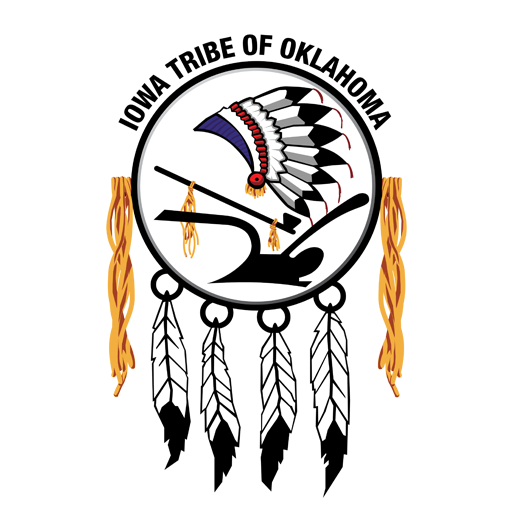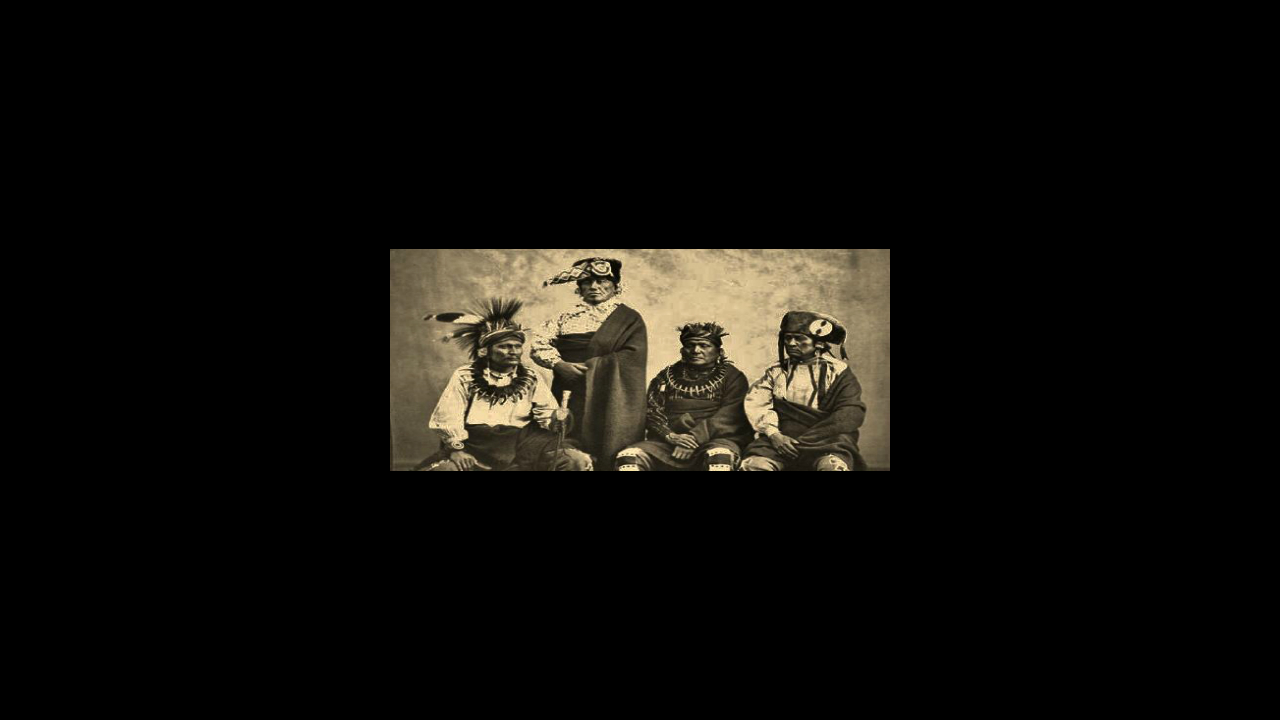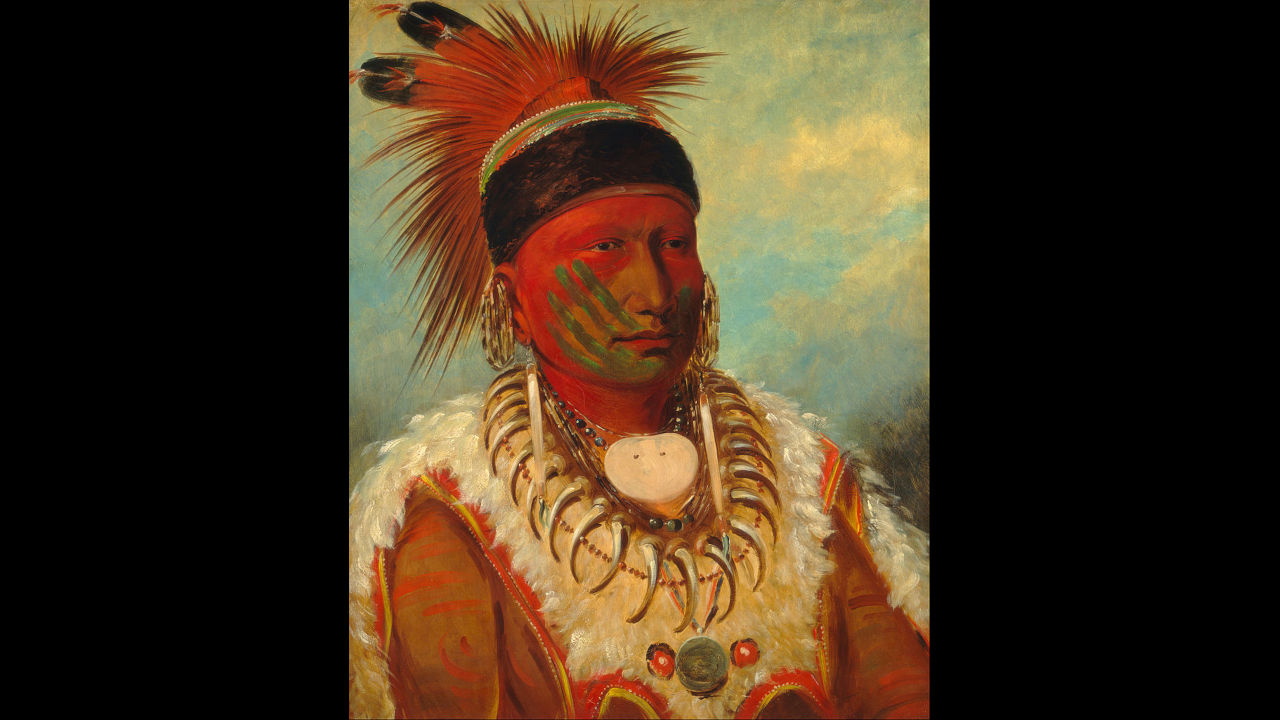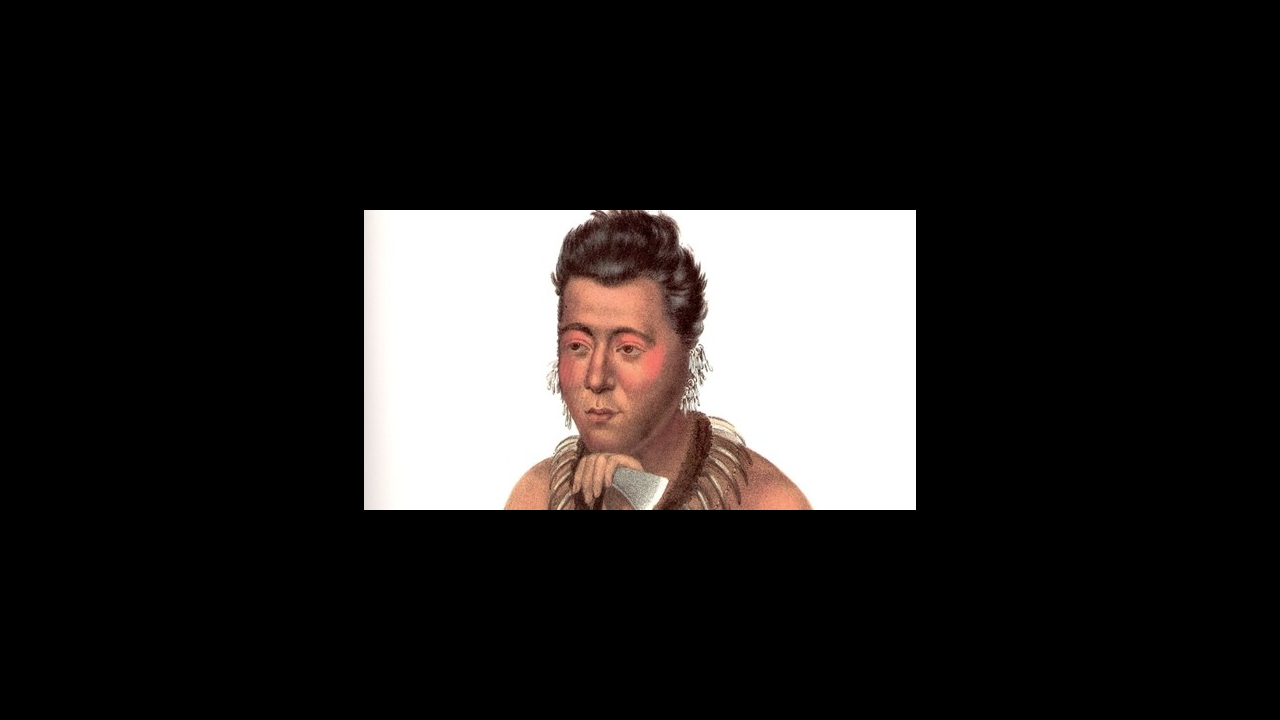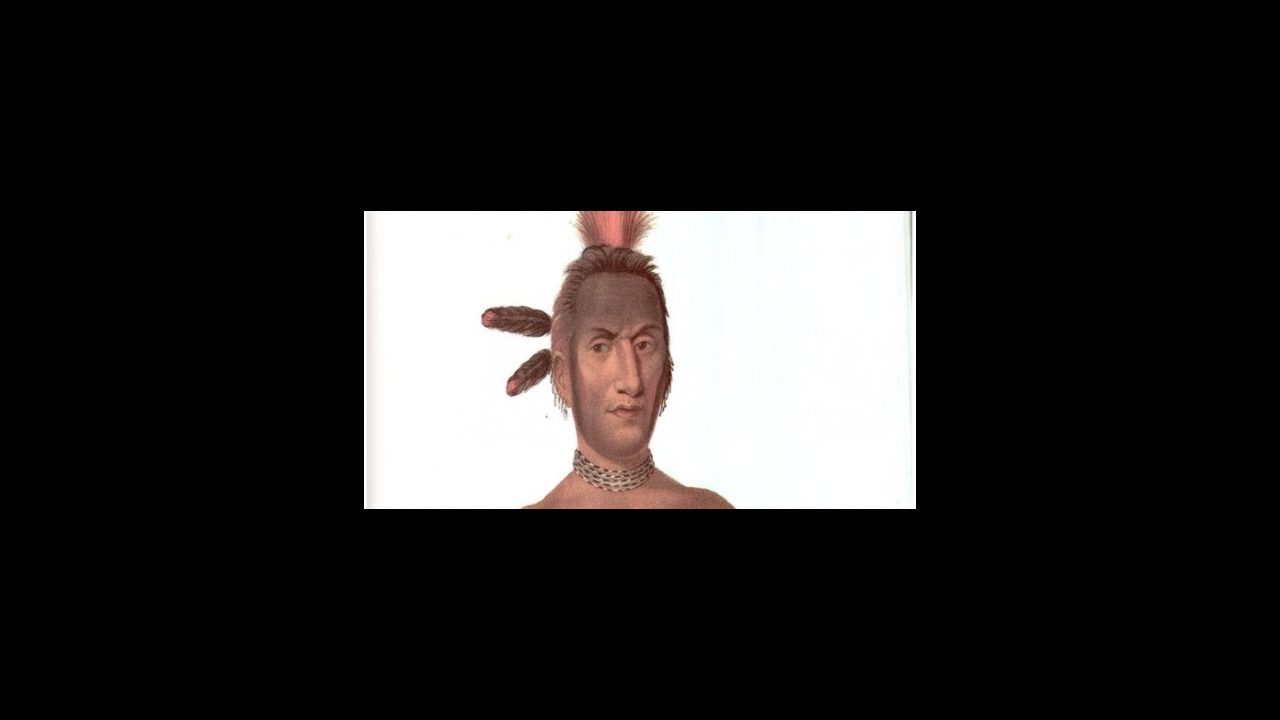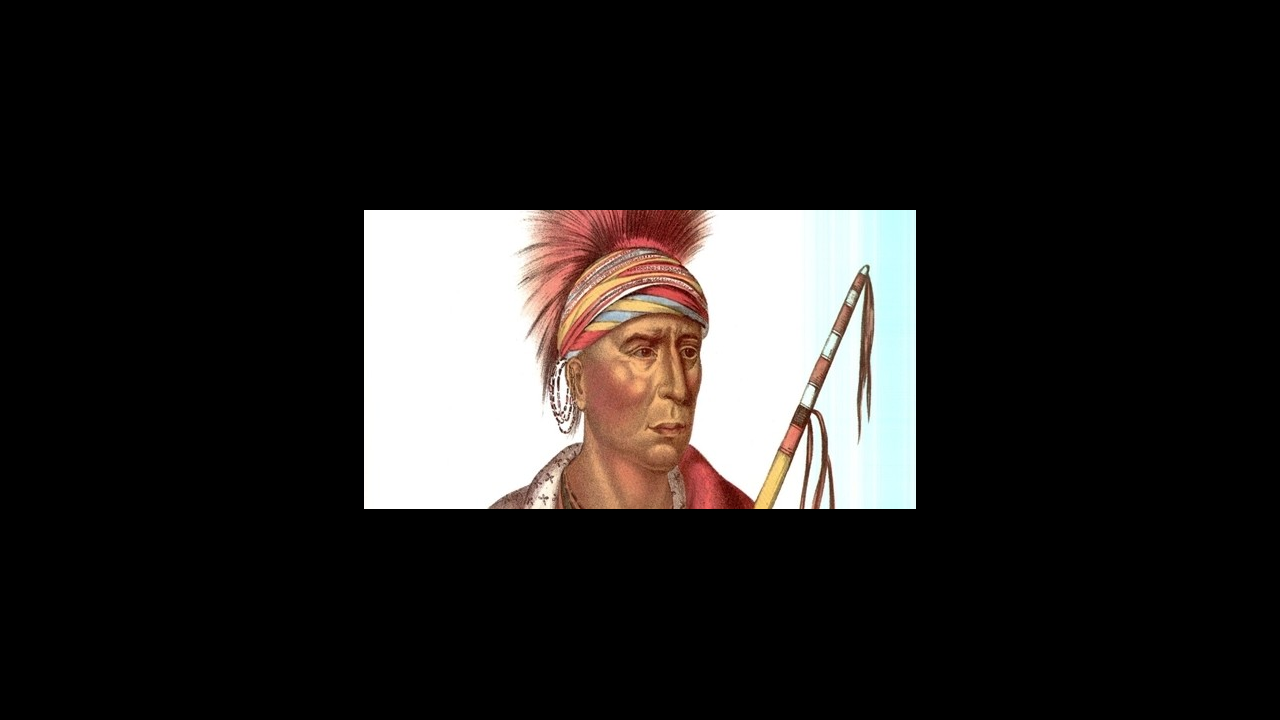
About Us
Page Contents
ToggleAbout the Iowa Tribe
The Iowa Tribe of Oklahoma is the center of a Sovereign Nation with inherent powers of self-government recognized as such by treaties and legislation located in Perkins, OK. In the Iowa language, we call ourselves Baxoje (Bah Kho-je), meaning, “People of the Grey Snow.” The story of our name has been handed down from generation to generation. It was told that at one time the Iowa Tribe was 1,100 strong, meaning the warriors or men numbered that many. When men had to leave our village, upon their return, they looked down from a rise and they saw that our village had been burned. At this point, we had lost some of the translation to the story – it could have been another tribe or others that had burned it. But it appeared as though the village was covered with “Grey Snow,” even though the winter season was not upon us. For you see, the ashes had settled over the village site and all that was visible to the warriors were the burned remnants of what used to be our homes. Other versions of this story have been printed, but this is the one that we have been told.
The Iowas lived for the majority of its recorded history in what is now the state of Iowa, therefore, the state of Iowa takes its name after the Ioway people. Also, our language is of the Chiwere dialect of the Sioux Nation. We began as a Woodland culture, but because of the migration to the south and west, we began to pick up elements of the Plains Culture. In the earliest historical period of 1600, the Ioways (descendants of the Oneota), were in the area of the Red Pipestone Quarry in southwestern Minnesota. In 1730 they were found living in villages in the Lake Okoboji and Spirit Lake Region of Northwest Iowa. They moved south to the vicinity of Council Bluffs, Iowa. In the middle of the 18th century, part of them moved up along the Des Moines River. The remainder established themselves on the Grand and Platte Rivers in Missouri. In treaties, they ceded their claims to lands in Missouri, Iowa, and Minnesota. The Treaty of 1836 assigned part of them to a reservation along the Great Nemaha River in Nebraska and Kansas. Later, some of the Ioways were moved to Indian Territory in Oklahoma. The original Iowa Reservation in Oklahoma was established by Executive Order dated August 15, 1883. The Iowa Nation is now divided into two tribes: The Iowa Tribe of Oklahoma located in Perkins, Oklahoma; and the Iowa Tribe of Kansas and Nebraska – their tribal headquarters are located in Whitecloud, Kansas.
The Iowa Tribe of Oklahoma is complete with its own constitution and bylaws. There are many aspects of the Tribal Government, all necessary to ensure the best for our tribal community and members. As of today, we have over 800 members enrolled within the tribe and a jurisdictional area covering all or parts of Payne, Oklahoma, Lincoln, and Logan counties. We are also the largest employer in the area with over 160 employees in several different departments, including Administration, Accounting departments for the various Tribal Enterprises (including three casinos spread throughout our jurisdiction), and a tribally-operated Police and Fire Department.
History of the Ioway
The Iowas began as a Woodland culture, but because of their migration to the South and West, they began to adopt elements of the Plains culture, thus culminating in the mixture of the two. The Iowa Nation was probably indigenous to the Great Lakes ares and part of the Winnebago Nation. At some point a portion moved southward, where they separated again. The portion which stayed closest to the Mississippi River became the Iowa; the remainder became the Otoe and Missouria.
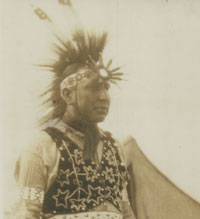
The Iowa, or Ioway, lived for the majority of its recorded history in what is now the state of Iowa. The Iowas call themselves the Bah-Kho-Je which means grey snow, probably derived from the fact that during the winter months their dwellings looked grey, as they were covered with fire-smoked snow. The name Iowa is a French term for the tribe and has an unknown connection with ‘marrow.’ Their language is a Chiwere dialect of the Sioux language.
The Iowa Tribe relocated many times during its history; the mouth of the Rock River in present Illinois, the Root River in present Iowa, the Red Pipestone Quarry in southwestern Minnesota, and the Spirit Lake/Lake Okiboji area of what is now Iowa. For many years they maintained a village near Council Bluffs, Iowa, abandoning it because of aggression by the Sioux and a desire to locate closer to the French traders. Thereafter, the Iowa lived primarily near the Des Moines River on the Chariton/Grand River Basin.
With the encroachment of white settlers into western lands, the Iowa Tribe ceded their lands in 1824 and were given two years in which to vacate. Additional lands were ceded in 1836 and 1838, and the Tribe was removed to an area near the Kansas-Nebraska border. The Iowas, once a proud nation whose native lands encompassed an area of the Missouri and Mississippi River Valleys in what is presently Wisconsin, Iowa, Minnesota, Missouri, Kansas, and Nebraska, now found themselves with a strip of land ten miles wide and twenty miles long. Subsequent treaties would find this land even further reduced.
The dissatisfaction with their conditions and treatment resulted in a number of Iowa tribal members leaving the Kansas-Nebraska reserve in 1878 and moving to Indian Territory (Oklahoma). In 1883 an Iowa reservation was created there, but Iowas who wished to remain on the land in the north were allowed to do so. Today the two are recognized as separate entities. The Northern Iowa are headquartered in White Cloud, Kansas, while the Iowa Tribe of Oklahoma has offices in Perkins, Oklahoma.
 Iowa Men
Iowa Men Iowa Ladies
Iowa Ladies Whitecloud
Whitecloud Whitecloud
Whitecloud Son of Whitecloud
Son of Whitecloud Great Walker
Great Walker No Heart
No Heart
Iowa Treaties and Documents
Iowa Treaty of 1854: “Articles of agreement and convention made and concluded at the city of Washington, this seventeenth day of May, one thousand eight hundred and fifty-four, by George W. Manypenny, commissioner on the part of the United States, and the following-named delegates of the Ioway tribe of Indians, viz: Non-chee-ning-a, or No Heart; Shoon- ty-ing-a, or Little Wolf; Wah-moon-a-ka, or the Man who Steals; and Nar-ge-ga-rash, or British; they being thereto duly authorized by said tribe…”
Executive Orders Relating to Indian Reserves: Executive orders from December 12, 1882, to August 15, 1883, establishing, restoring, or defining existing Indian reservations.
Message from the President of the United States, transmitting an agreement between the Cherokee Commission and the Iowa Indians in the Indian Territory: “To the Senate and House of Representatives: I transmit herewith, as required by section 14 of the act of March 2, 1889, an agreement concluded on the 20th day of May last between the Commissioners on behalf of the United States, commonly known as the Cherokee Commission, and the Iowa Indians residing in the Indian Territory…”
Historical Photos
Browse through a variety of collections of historical photos of the Ioway people dating back to the nineteenth century.
Cultural Preservation
As Ioway people, we still try to continue to practice our cultural ways of life today and teach them to our younger generation. Our culture is preserved in the forms of ceremonies, history, books, films, and photographs.
Language
Watch a three-part video series of language lessons or download books on the language of the Iowa Tribe.
Oral History
The Iowa Tribe was fortunate enough to have a historic preservation grant for the purpose of conducting an oral history. A series of questions were developed to assist in conducting the interviews. Elders were asked to share their memories which were placed on an audio recording, and were given an honorarium.
Tribal Seal
The Iowa Tribe of Oklahoma seal was adopted in 1978 from a design submitted by Bob Murray, after tribal members were urged to create a meaningful symbol.
Physical Address
335588 E. 750 Road
Perkins, OK 74059
Phone: 405-547-2402
888-336-IOWA(4692)
Directions
From I-35
Go East on Hwy 105 for 22 miles
Go North on Hwy 177 for 4 miles
Turn left on Complex Road (at Iowa Tribal Complex Sign)
